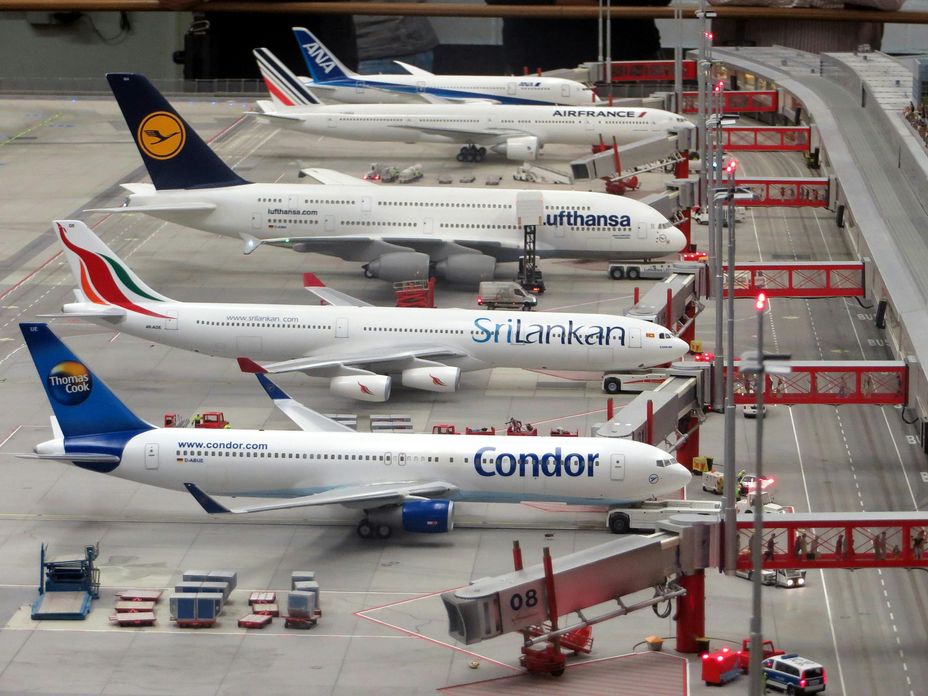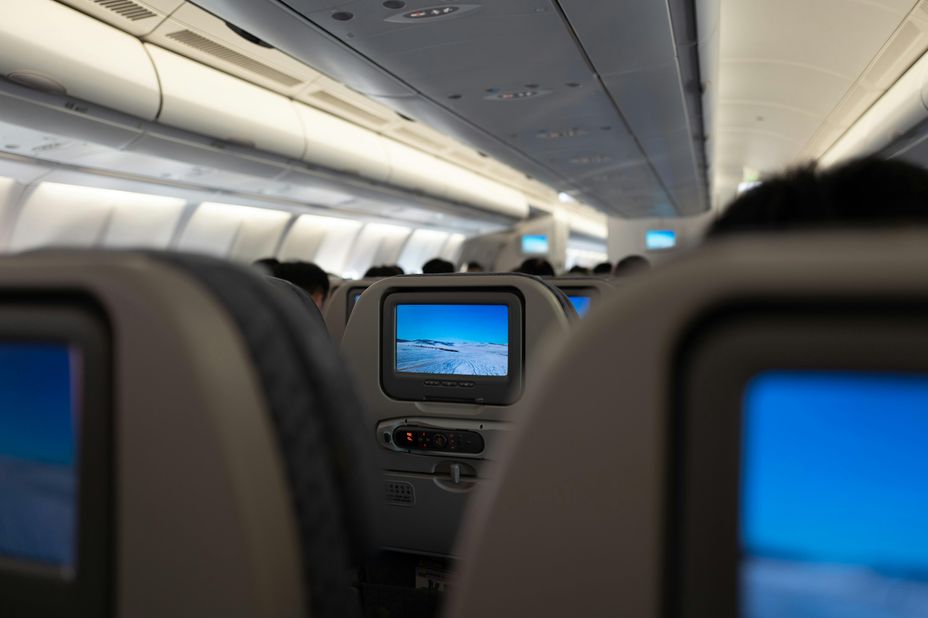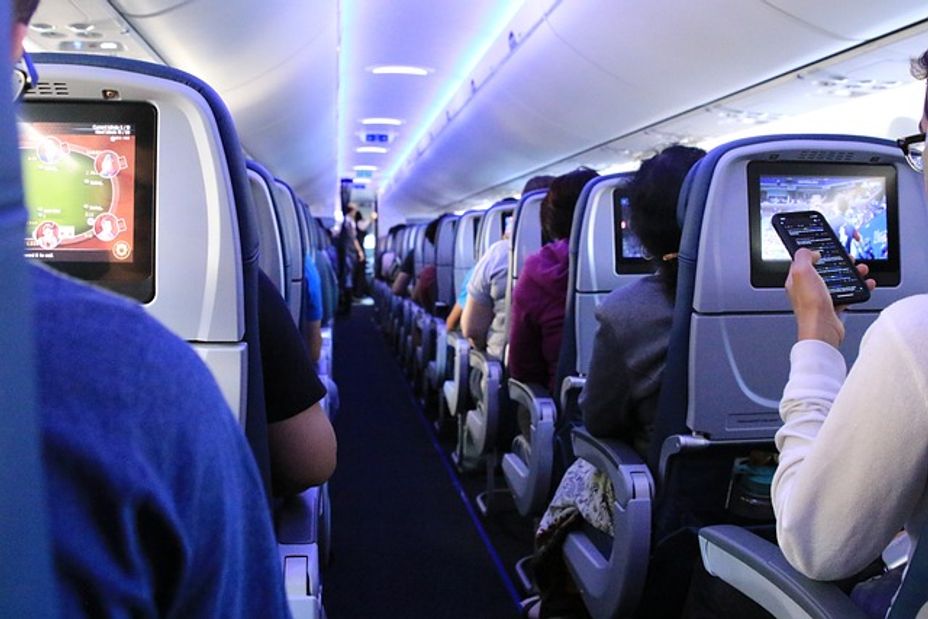Therapy can be incredibly powerful, but with so many options, it’s easy to feel uncertain about where to start. Each type of therapy has a different focus, style, and set of tools to help you understand yourself better, make changes, and work toward specific goals.
To help you find your way we, in collaboration with Therapy Route, overview the top 10 therapy types, outlining how each works and what it could do for you.
If you’re looking to break destructive patterns, find relief from anxiety, or strengthen relationships, there’s an approach here that can help.
________________________________________
1. Cognitive Behavioral Therapy (CBT)
How It Can Help You: If you find yourself trapped in cycles of negative thinking or behaviors, CBT offers a clear path forward. CBT helps you identify and change unhelpful thought patterns that can lead to stress, anxiety, or depression. Through CBT, you learn to challenge automatic thoughts and adopt healthier ways of thinking and acting.
What It Looks Like:
• Cognitive Restructuring: You work on identifying and replacing harmful thoughts with balanced ones.
• Behavioral Activation: Encourages activities that lift mood and boost motivation, especially helpful for those dealing with depression.
• Thought Journaling: You gain insight into your thought patterns and recognize triggers.
Best Suited For: People dealing with anxiety, depression, or patterns of negative thinking who are looking for structured, practical ways to change their thoughts and behaviors.
________________________________________
2. Dialectical Behaviour Therapy (DBT)
How It Can Help You: DBT is an excellent approach if you feel like your emotions often take over, leading to impulsive behaviours or strained relationships. It provides tools to manage intense emotions, improve your relationships, and respond calmly to difficult situations.
What It Looks Like:
• Mindfulness Skills: You learn to stay grounded and present, which helps in managing impulsive reactions.
• Distress Tolerance: DBT equips you with strategies to handle emotional pain in healthy ways.
• Emotion Regulation: Teaches you how to recognize and change unwanted emotional responses.
Best Suited For: People with intense emotional reactions, like those with borderline personality disorder or emotional dysregulation, who need help staying balanced.
________________________________________
3. Psychodynamic Therapy
How It Can Help You: Psychodynamic therapy offers deep insight into how your past influences your present. If you feel held back by unresolved issues or recurring patterns, this approach helps you explore and understand those patterns so you can break free of them.
What It Looks Like:
• Free Association: You talk openly to uncover hidden thoughts and feelings.
• Exploring Early Experiences: You’ll work to understand how early relationships shape your current behaviours and relationships.
• Transference Analysis: Helps reveal how your feelings about people in your past affect your relationships today.
Best Suited For: Those who want a deep exploration of their emotions and past to understand and overcome longstanding issues.
________________________________________
4. Humanistic Therapy
How It Can Help You: If you’re looking for personal growth or struggling with self-worth, humanistic therapy is cantered on you, your feelings, and your potential. It’s about accepting who you are while empowering you to grow into the person you want to be.
What It Looks Like:
• Empathic Listening: You’ll experience a safe, non-judgmental space to explore your feelings.
• Self-Reflection: This approach helps you connect with your true self by understanding your values and goals.
• Open Dialogue: You’re encouraged to express yourself fully, promoting self-acceptance.
Best Suited For: Individuals looking to grow personally, improve self-esteem, and gain a greater sense of purpose.
________________________________________
5. Mindfulness-Based Therapy
How It Can Help You: If stress or worry feels overwhelming, mindfulness-based therapy offers tools to stay calm and focused in the present. This approach reduces stress, helps you manage difficult emotions, and fosters a balanced outlook.
What It Looks Like:
• Mindfulness Meditation: Practicing techniques to stay aware of the present, which eases anxiety.
• Acceptance Exercises: Learning to observe and accept emotions without acting on them immediately.
• Grounding Techniques: Using sensory awareness to manage stress and stay centered.
Best Suited For: People who want to manage anxiety, stress, or develop a more present-focused approach to life.
________________________________________
6. Exposure Therapy
How It Can Help You: If fears or phobias are keeping you from fully engaging in life, exposure therapy can help you gradually face and overcome them. This approach allows you to confront fears in a controlled way, helping you build confidence and reduce anxiety over time.
What It Looks Like:
• Gradual Exposure: You start by facing less-intimidating situations and work your way up.
• Systematic Desensitization: Combines relaxation techniques with gradual exposure to ease anxiety.
• Visualization: Helps you mentally prepare before facing fears in real life.
Best Suited For: People with phobias, PTSD, or OCD who want to safely confront and overcome their fears.
________________________________________
7. Eye Movement Desensitization and Reprocessing (EMDR)
How It Can Help You: If you’ve experienced trauma and feel stuck in distressing memories, EMDR can help reduce the emotional intensity of these experiences. This structured approach allows you to reprocess traumatic memories, making them less overwhelming.
What It Looks Like:
• Bilateral Stimulation: You follow the therapist’s guided eye movements while recalling distressing memories.
• Memory Reprocessing: Helps reduce the emotional impact of trauma.
• Cognitive Interweaving: Encourages balanced thoughts to promote healing.
Best Suited For: People recovering from trauma or PTSD who feel weighed down by painful memories.
________________________________________
8. Interpersonal Therapy (IPT)
How It Can Help You: If relationships feel challenging or your social connections are affecting your mood, IPT can help. This approach focuses on improving your interpersonal skills, helping you build stronger, more satisfying relationships.
What It Looks Like:
• Role-Playing: Practicing communication and conflict-resolution skills to improve social interactions.
• Identifying Patterns: You explore patterns in your relationships to understand and change them.
• Building Social Skills: Developing strategies for better communication and connection.
Best Suited For: Those dealing with mood issues like depression, especially where relationships play a big role.
________________________________________
9. Solution-Focused Brief Therapy (SFBT)
How It Can Help You: If you’re looking for practical, quick solutions to specific challenges, SFBT helps you focus on what’s working and move forward. It’s goal-oriented, helping you see progress in a short time.
What It Looks Like:
• Goal Setting: You’ll define clear, actionable goals for therapy.
• Exploring Successes: Looking at past achievements helps build motivation and confidence.
• Future-Oriented Questions: You’re encouraged to envision your ideal future and create steps to get there.
Best Suited For: People who need focused, practical guidance, especially if they have clear goals or specific challenges.
________________________________________
10. Family Systems Therapy
How It Can Help You: If family dynamics are affecting your well-being, family systems therapy focuses on improving interactions within the family. This approach is about understanding and reshaping the roles and communication patterns that impact everyone.
What It Looks Like:
• Family Role Analysis: Each member’s role is







